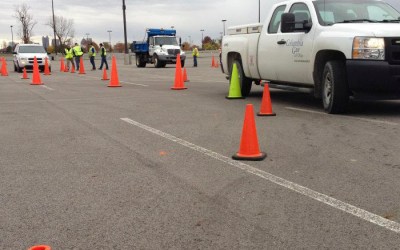Driving, a seemingly mundane activity woven into the fabric of modern life, is statistically the most dangerous thing many Americans do each day. While advancements in vehicle safety and traffic management have undoubtedly improved road safety, the sobering reality is that driving remains a perilous endeavor. Let’s delve deeper into why driving is so risky and explore actionable steps to mitigate these driving dangers.
Unveiling the Grim Statistics
- High Fatality Rates: The number of lives lost on U.S. roads annually is staggering. In 2022 alone, over 42,000 people died in traffic accidents, a figure supported by data from the National Highway Traffic Safety Administration (NHTSA). This translates to approximately 115 deaths each day, a stark reminder of the inherent risks of driving.
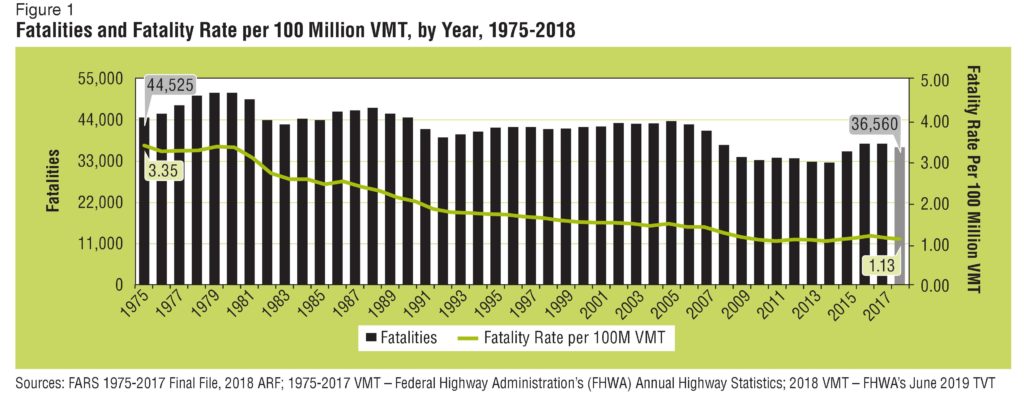
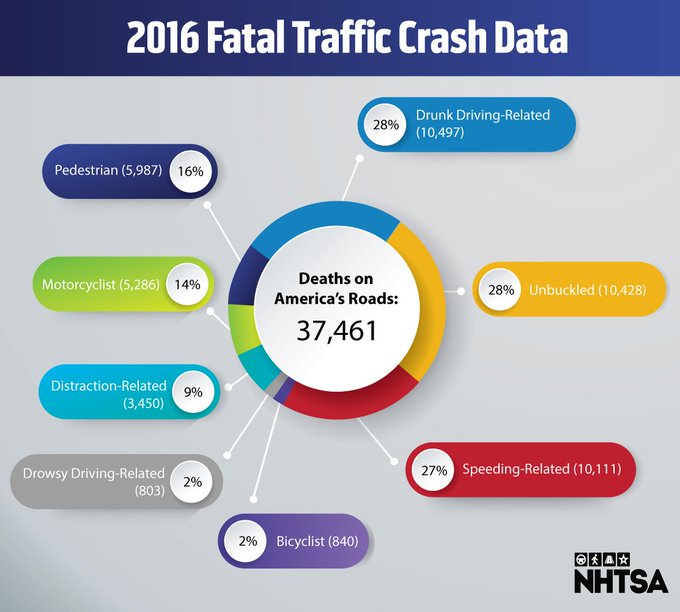
- Frequency of Accidents: Traffic collisions are not isolated incidents; they are alarmingly common. The U.S. witnesses more than six million crashes annually, as reported by the NHTSA.
NHTSA. This staggering frequency underscores the constant threat to safety faced by drivers and passengers alike.
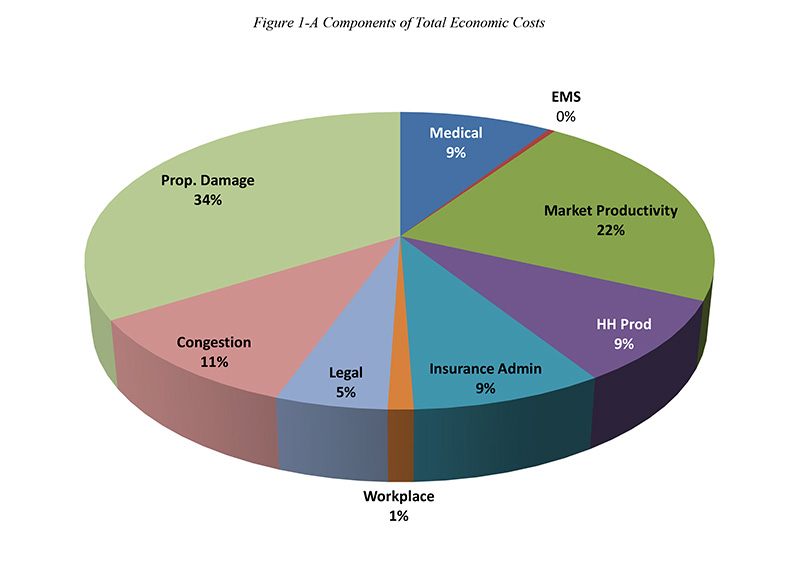
- Economic Toll: The economic repercussions of these accidents are substantial. The NHTSA estimates that the total economic cost of motor vehicle crashes in 2020 exceeded $340 billion. This figure encompasses medical expenses, lost productivity, property damage, and other associated costs.
Understanding the Multifaceted Risk Factors
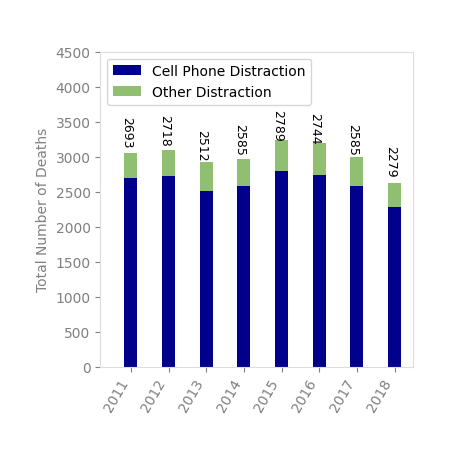
- Distracted Driving: Distracted driving, often associated with mobile phone use, eating, or interacting with passengers, is a leading cause of accidents. The NHTSA reports that in 2021, distracted driving claimed 3,522 lives.
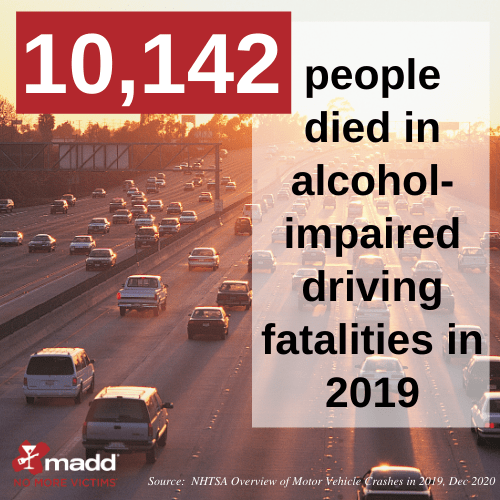
- Impaired Driving: Driving under the influence of alcohol or drugs impairs judgment, reaction time, and coordination, significantly increasing the risk of accidents. In 2021, 13,384 people were killed in drunk-driving crashes, according to the NHTSA.

- Speeding: Excessive speed reduces a driver’s ability to react to unexpected situations and increases the severity of crashes. NHTSA data shows that in 2021, speeding was a contributing factor in 29% of all traffic fatalities.
- Adverse Weather Conditions: Rain, snow, fog, and ice create hazardous driving conditions, reducing visibility and traction. These conditions demand heightened caution and can quickly turn a routine drive into a dangerous situation.
Vulnerable Road Users
Certain groups face disproportionate risks on the road:
- Young Drivers: Teenagers and young adults are overrepresented in fatal crashes due to inexperience, risk-taking behavior, and distractions.
- Elderly Drivers: Older drivers may experience declining vision, hearing, and reaction times, making them more susceptible to accidents.
- Pedestrians and Cyclists: These vulnerable road users lack the protection of a vehicle and are at high risk of severe injury or death in collisions with motor vehicles.
A Roadmap to Safer Roads
While the statistics are alarming, there are proactive steps we can take to mitigate the risks associated with driving:
- Continuous Education: Regularly refresh your knowledge of traffic laws, vehicle capabilities, and safe driving practices. Consider taking defensive driving courses to enhance your skills.
- Eliminate Distractions: Put away your phone and other distractions while driving. Focus solely on the task of operating your vehicle.
- Never Drive Impaired: If you’ve consumed alcohol or drugs, don’t get behind the wheel. Opt for a rideshare service or designate a sober driver.
- Obey Speed Limits: Adhere to posted speed limits and adjust your speed to match weather and road conditions.
- Maintain Your Vehicle: Regular maintenance ensures your vehicle is in optimal working condition, reducing the risk of mechanical failures that could lead to accidents.
- Be Mindful of Vulnerable Road Users: Exercise caution around pedestrians, cyclists, and motorcyclists. Yield to them and give them plenty of space.
- Stay Informed: Monitor weather forecasts before driving and avoid traveling in hazardous conditions whenever possible.
By taking these precautions and fostering a culture of responsible driving, we can collectively work towards making our roads safer for everyone. Remember, every decision you make behind the wheel has the potential to save lives, including your own.
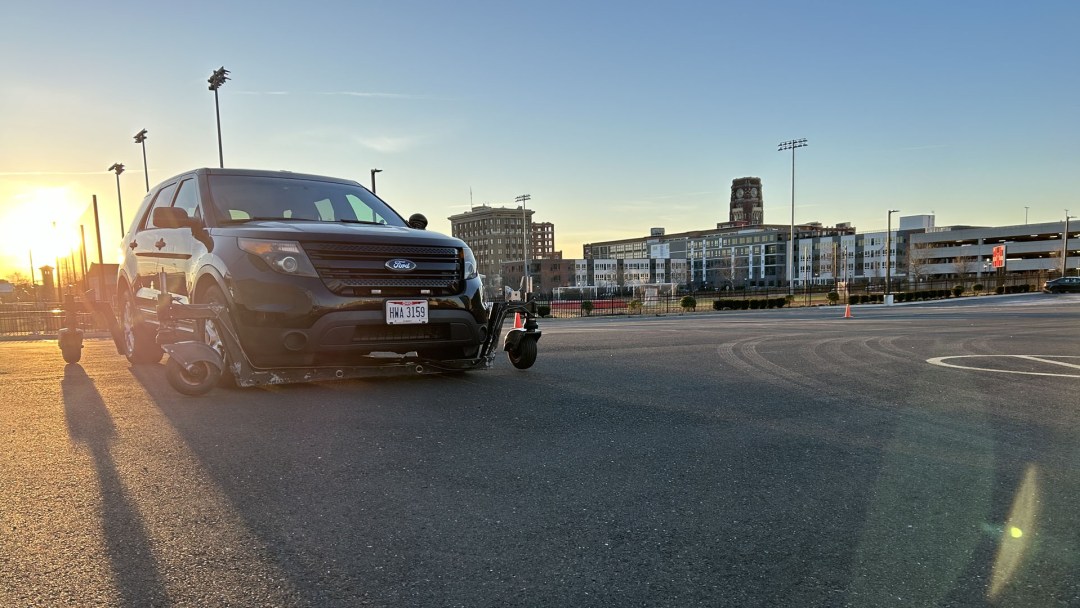
DriveTeam Offers Advanced Training for Driving Dangers
The DriveTeam 4-Hour Advanced Teen Driving Clinic is the only program of its kind in Ohio, offering hands-on training in vital skills for safe driving. Your teen will master vehicle dynamics, safety systems, curve navigation, advanced steering techniques, and precise turning and backing maneuvers.
*Must have a valid temporary permit or driver’s license
*Ages 15 1/2 – 24 years old
More From Our Blog
The 100 Deadliest Days on the Road – How You Can Stay Safe
Everyone looks forward to the summer months. It’s a time for fun in the sun, backyard barbecues and parties, lazy days at the pool and perhaps a road trip or vacation. Teens and young adults especially anticipate summer’s arrival, as it signals freedom from classes...
5 ways to set a good example for your teen driver
When it comes to learning how to drive, your teen is probably anxious and excited. They can’t wait to get behind the wheel. You on the other hand, are not quite as thrilled! Learning how to drive has changed drastically since the time you first got your license. The...
How mid-size companies can save money, prevent car crashes and reduce repair expenses
As of January 2015, there were an estimated 2.8 million commercial cars and trucks in service. While we often think of large fleet operators like Waste Management, Cintas Corp. or First Energy, we can’t forget about mid-size companies that rely on their vehicles to...



